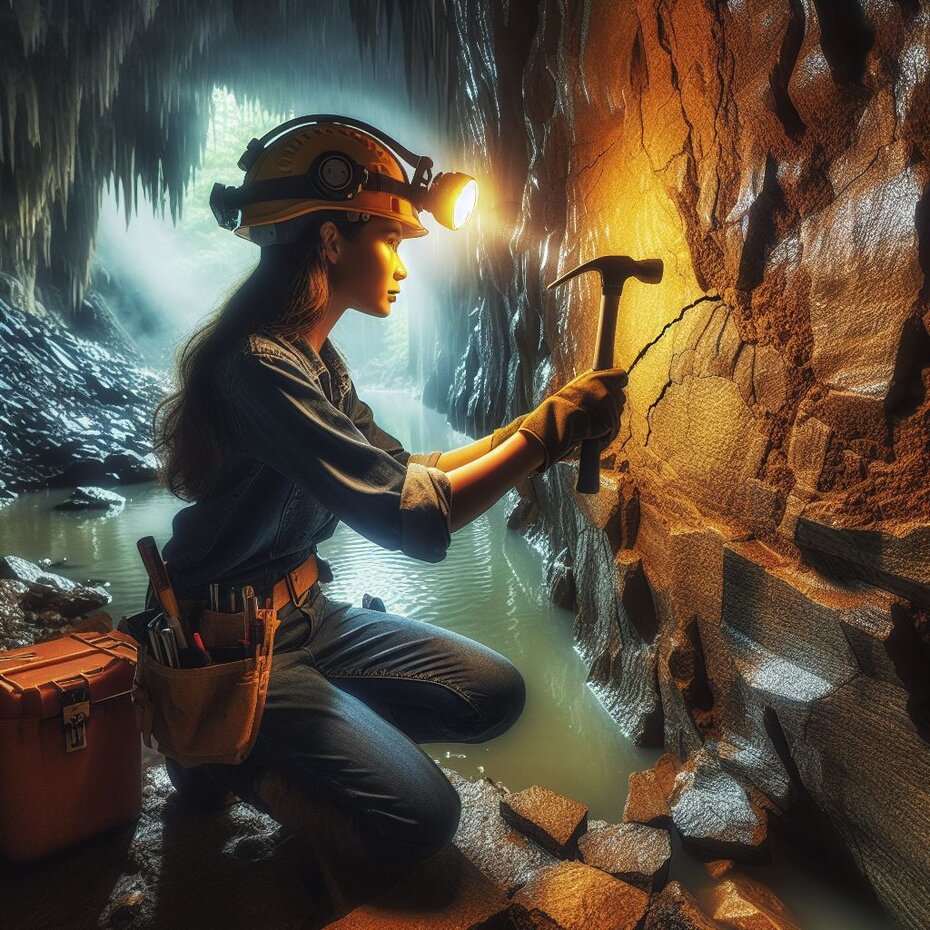Abyssal life

Barbara Sherwood Lollar is a geochemist who has spent more than three decades collecting water from fractures in the walls of underground mines she has visited in Canada. These water samples she later sent to the mass spectrometry laboratory at Oxford University (UK) for dating, and the age of the water she collected never exceeded a few million years.
Then one day Barbara visited the Kidd Creek mine in Ontario, Canada, where copper and zinc are extracted. To reach the deepest galleries of this mine, she took a double-decker elevator that carries up to 140 miners deep into the Earth each trip. The elevator ride to the galleries at a depth of almost 3000m takes more than an hour and transports travelers to a completely different environment from the one on the Earth's surface. There, the rock walls are naturally warm to the touch due to the Earth's geothermal gradient. The rock that makes up the walls of these galleries today was sediment deposited on the seabed 2.7 billion years ago. These rocks make up the so-called Precambrian crystalline shield of Canada.
Barbara observed that extremely saline and bitter water flowed from the fractures in the rock. Yes, she tasted this water, just as she had done with all the water collected previously. The water was then sent to the mass spectrometry laboratory for analysis. The results, however, did not come in the expected time. Impatient, she asked the lab operator what was going on. He replied that the device must be broken, as the results were surprising. After several analyses, reanalyses and recalibrations of the spectrometry device, the result was finally delivered: the water collected was around 1.5 billion years old! This makes it the oldest water ever found on Earth.
But the most surprising thing is that chemolithotrophic microbes were found in this water, which survived at these great depths without any source of light or organic matter. They lived off the hydrogen and sulphate present in the water, which served as food and a source of energy for these microbes. The great information that this water has brought us is that life is not restricted to the surface of the Earth, but can be found up to 3000m deep and in absolutely inhospitable conditions. Scientists now believe that this case could help us understand how life could exist below the surface of Mars. So let's wait for this theory to be proven.
To understand how water dating by spectrometry works:
The first stage of this analysis is to determine the mass of the isotopes of neon, argon, xenon and helium dissolved in the water. As the mass of these isotopes varies according to a well-known radioactive decay rate, this method can be used to date water in which these gases are dissolved.
Translated with DeepL.com (free version)
Voltar
